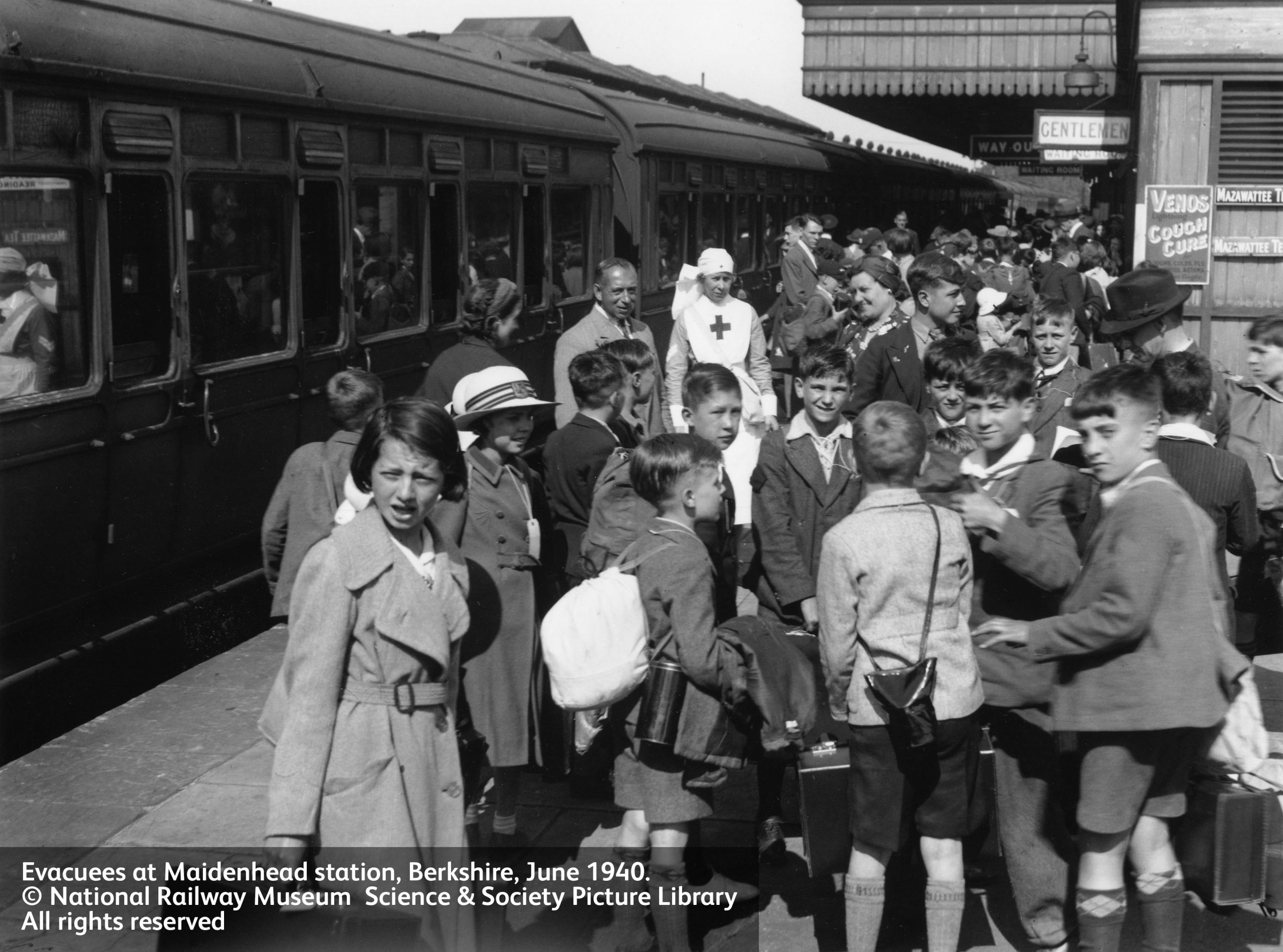“The railway was crucial in WWII … keeping the heart of Britain going.”
The railway played a crucial role in WWII, for which we say thank you to all those who served and sacrificed.
- At the outbreak of war, railway companies evacuated 1.3 million children and some adults from big towns and cities.
- In May and June 1940, they sent trains to take part in the rescue of soldiers from Dunkirk in France.
- Later, train timetables were reduced to clear the tracks in the run up to the Allies’ invasion of Europe on D-Day.
Watch this film below to learn more about the role of the railway during WWII:
Evacuations
The first wave of evacuations of children and vulnerable adults took place in the first week of September 1939, immediately after the outbreak of war.
All the Big Four railway companies – Great Western Railway (GWR), London, Midland and Scottish Railway (LMS), London and North Eastern Railway (LNER) and Southern Railway (SR) – were involved.
Throughout Britain, 3,823 special trains carried 1,334,360 schoolchildren and some adults in the evacuation of 1 to 4 September 1939, which was achieved over and above the scheduled services, according to The National Railway Museum (NRM).
Meanwhile, 10,000 Jewish children fleeing Nazi persecution arrived at London Liverpool Street station between 1938 and 1939. Today, a statue at the station commemorates the Kindertransport mission.
Dunkirk
The railways played a huge part in the evacuation of Dunkirk in May and June 1940, when more than 338,000 Allied troops were rescued from the shores of northern France.
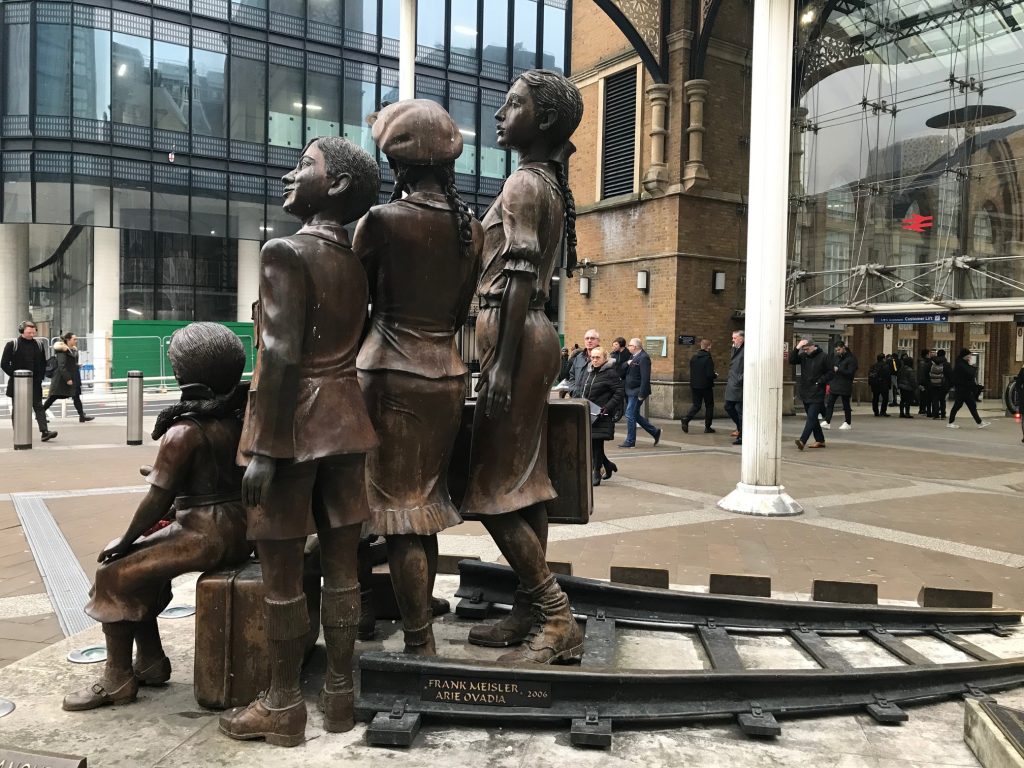
The operation was effectively carried out blind, according to NRM, because they were unable to accurately gauge the number of troops arriving in England or the rate of the landings at particular piers or docks.
As a result, the railway operation remained as flexible as possible so trains could respond as needed. On 27 May 1940, 186 trains of coaches from all railway companies were created and sent to the ports, loaded with troops and sent to reporting points to obtain directions to the final destinations.
A total of 620 trains moved more than 319,000 troops from their landing points to locations all over the country. NRM said the industry achieved this while moving government traffic and carrying out further evacuations of children. On 6 June 1940, troops were evacuated from other parts of France to the South West of England, requiring another 200 trains.
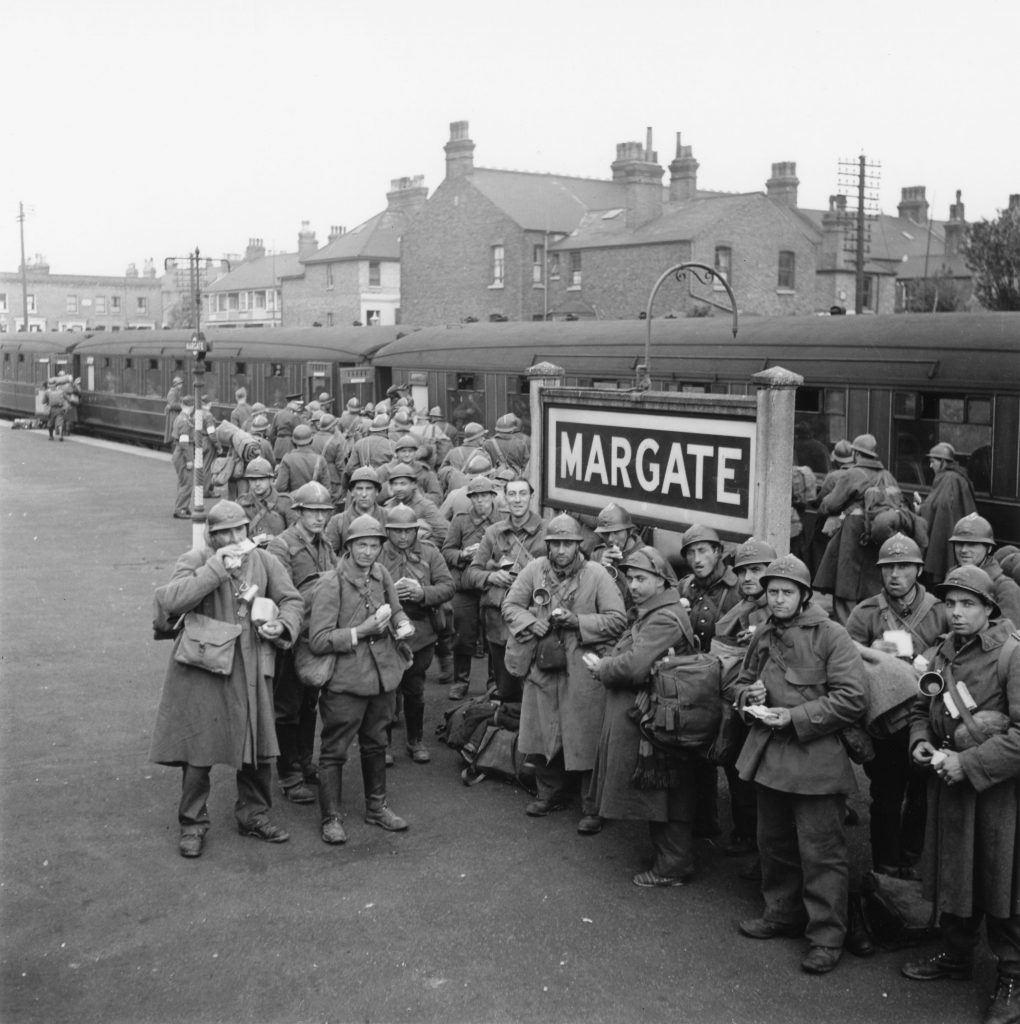
D-Day
Railway restaurant cars were withdrawn from service on 5 April 1944 as part of the build-up to Operation Overlord (D-Day), the Allied invasion of Europe, for the rest of the war. By the end of May 1944, 264,000 train miles were cut from the timetables as the tracks were cleared for Overlord. Overcrowding on services remained until restrictions were relaxed that October, according to NRM.
By D-Day, passengers would have been accustomed to war-related disruption to their journeys. Rail freight activity, for instance, grew significantly. In 1939 alone, the railway moved more than 254 million tonnes of goods and more than 90 million parcels across Britain, according to trade body Rail Delivery Group.
Huge increase in the railway’s female workforce
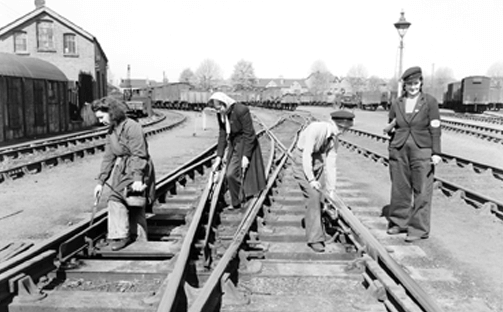
Just like in WWI, the number of women working on the railway rose substantially during WWII. By the end of WWII, the number of women in railway jobs had increased from 635 in 1939 to 10,899 in 1945, according to RDG.
About 13,000 women worked on the railway at the beginning of WWI in 1914, mostly in domestic jobs such as cleaning, washing and waitressing. With 100,000 men enlisted, women stepped in to fill essential functions.
More than 1.6 million women took on traditionally male jobs, with more than 100,000 working in various forms of transport, particularly as engineers.
Air raid shelters
Perhaps one of the most famous stories of the railway during WWII is its role in providing shelter and food for servicemen and civilians.
The most striking drawings in the Network Rail archive include this plan for an air raid shelter at London Waterloo station:
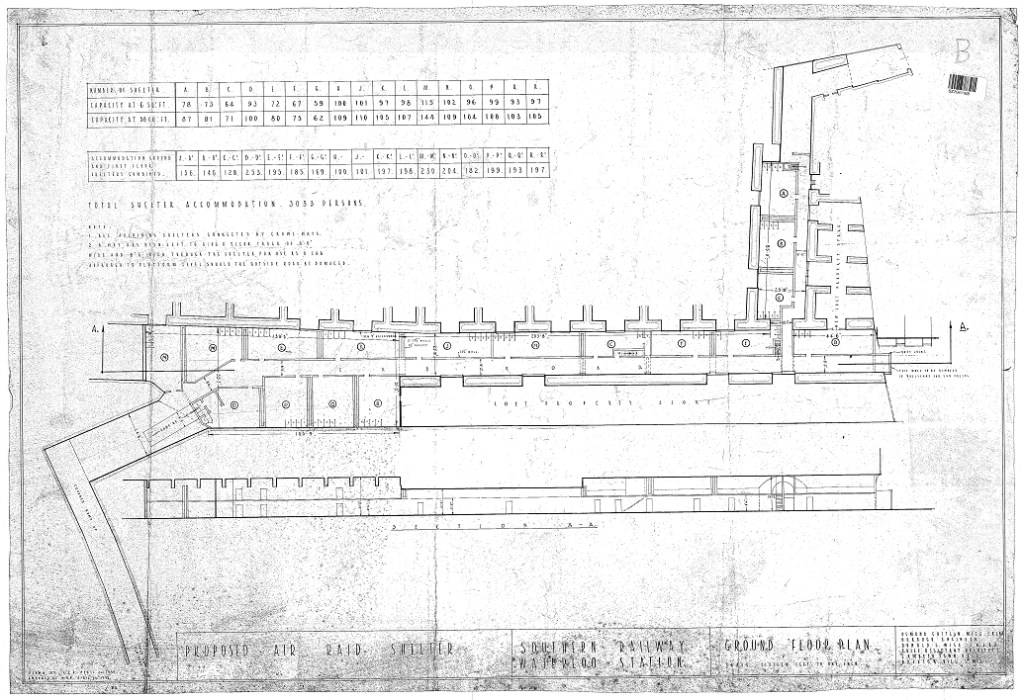
In 1939, London Bridge station planned a dedicated canteen for servicemen:
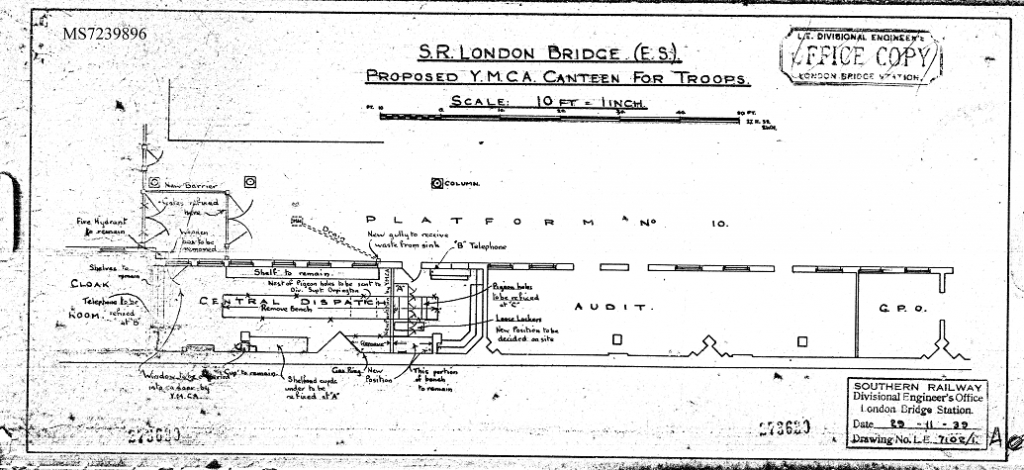
Read more:
Supporting the Poppy Appeal and armed forces
From the archive: WWII and the railway
Bletchley Park and the railway
WWII bomb-damaged signal box celebrates 120 years
